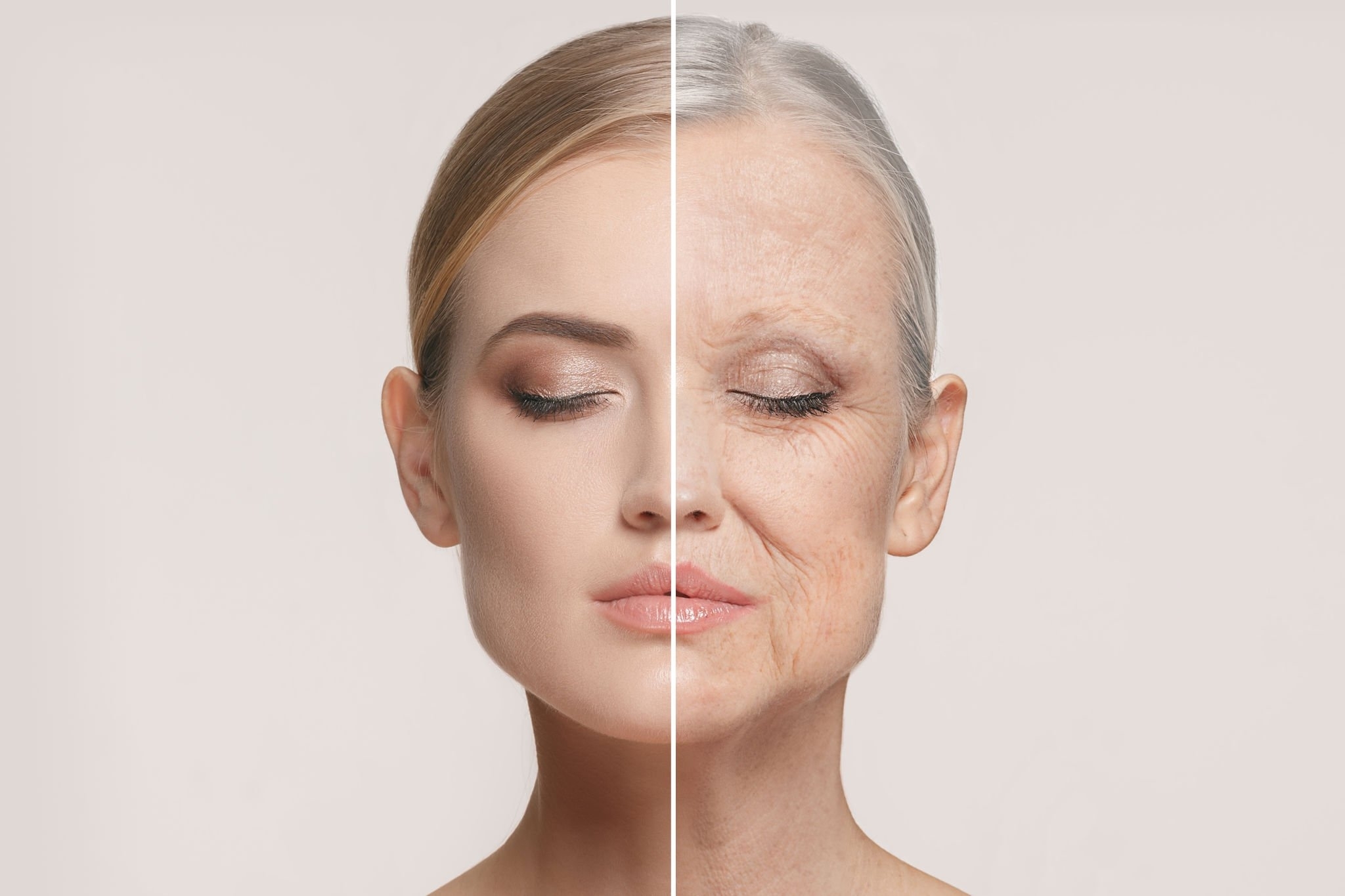When we think of strokes, we often associate them with older adults. However, strokes can also occur in children, although they are relatively rare. A stroke in a child can have significant consequences, making it crucial for parents, caregivers, and healthcare professionals to be aware of the signs, causes, and treatment options. In this article, we will delve into the topic of strokes in children, providing essential information for understanding and managing this serious medical condition.
Understanding Childhood Stroke: A stroke is a medical emergency that occurs when the blood supply to the brain is disrupted, resulting in the deprivation of oxygen and nutrients to brain cells. Strokes in children can be ischemic, caused by a blockage in a blood vessel, or hemorrhagic, caused by bleeding in the brain. They can lead to long-term disabilities and cognitive impairments if not promptly diagnosed and treated.
Signs and Symptoms:

The signs and symptoms of stroke in children can vary depending on the age of the child and the area of the brain affected. It is important to note that these symptoms are often sudden and may include:
- Severe headache
- Weakness or numbness on one side of the body
- Difficulty speaking or understanding speech
- Loss of balance or coordination
- Vision problems, such as blurred or double vision
- Seizures
- Altered level of consciousness, including confusion or loss of consciousness
If any of these symptoms are observed in a child, immediate medical attention should be sought.
Causes and Risk Factors:
Childhood strokes can occur due to various causes, including congenital heart defects, blood vessel abnormalities, blood clotting disorders, infections, head trauma, sickle cell disease, and certain genetic conditions. Some risk factors associated with childhood stroke include heart disease, certain chronic illnesses, and a family history of stroke.
Diagnosis and Treatment:
Diagnosing a stroke in a child can be challenging because the symptoms may be attributed to other conditions or developmental milestones. However, prompt recognition and evaluation are crucial. Doctors may conduct a thorough physical examination, imaging tests (such as MRI or CT scans), and blood tests to assess the child’s condition accurately.
Treatment options for childhood stroke aim to restore blood flow to the brain, prevent further damage, and manage complications. Ischemic strokes may be treated with medication to dissolve blood clots or with a surgical procedure to remove the blockage. In some cases, rehabilitation therapy, including physical, occupational, and speech therapy, may be necessary to aid in recovery and improve the child’s quality of life.
Prevention and Long-Term Outlook:
While it may not always be possible to prevent childhood strokes, certain measures can help reduce the risk. Maintaining a healthy lifestyle, including regular exercise, a balanced diet, and managing underlying health conditions, is essential. For children with known risk factors, working closely with healthcare professionals to monitor and manage those factors is crucial.
The long-term outlook for children who have experienced a stroke varies depending on the severity of the stroke and the promptness of medical intervention. Some children may experience partial or complete recovery, while others may face ongoing challenges. Early diagnosis, appropriate treatment, and rehabilitation play vital roles in maximizing a child’s potential for recovery and minimizing long-term complications.
Conclusion:
Stroke in children is a serious and often unexpected medical condition. Recognizing the signs and symptoms, understanding the causes and risk factors, seeking prompt medical attention, and following appropriate treatment can significantly improve a child’s chances of recovery and long-term well-being. By spreading awareness and staying informed, we can ensure that children experiencing strokes receive the care and support they need to thrive.






